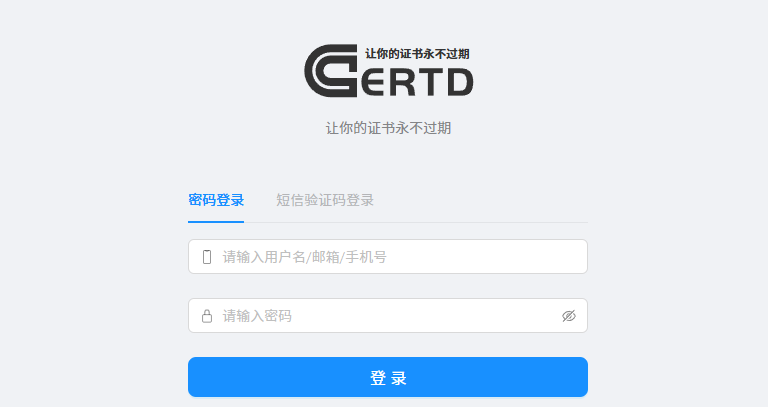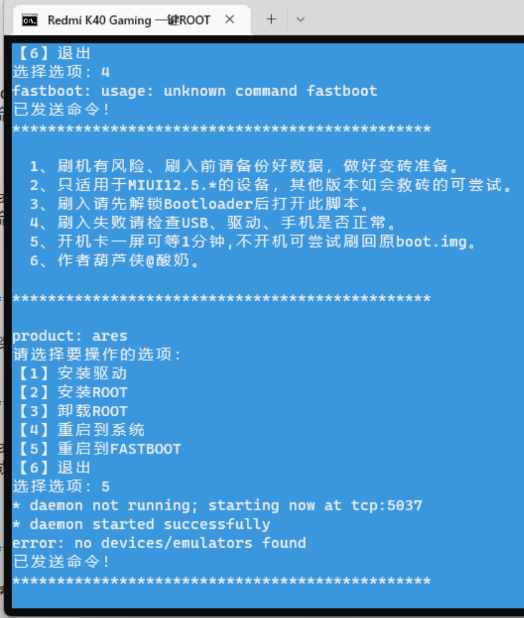
centos如何安装flash插件?
1、到flash官网 http://get.adobe.com/cn/flashplayer/ 下载yum包。
2、使用root用户,切换到yum包的文件夹下,输入命令:
rpm -ivh adobe-release-x86_64-1.0-1.noarch.rpm
3、使用root用户,输入命令:
yum install flash-plugin
© 版权声明
文章版权归作者所有,未经允许请勿转载。
THE END
喜欢就支持一下吧
相关推荐

















